A report from Affordable Housing Alliance of Central Ohio titled “Finding Home in the Heart of it All” shows that in the last five years, the number of Franklin County households who put more than half of their income toward housing has decreased, but high housing costs remain a burden to tens of thousands of families in the region.
Five years ago, around 54,000 county households were severely burdened by housing cost, but that has dropped to about 52,000, according to the report. The report attributes the decrease to efforts to tame housing costs from both county and Columbus leaders.
In the 15-county central Ohio region, however, some 80,000 households are severely burdened, the report says. It also says area home prices are growing three times faster than the median household income.
The report focused on the health, educational and economic impacts of housing stability.
Kyle May, of the firm MKSK Studio, is a lead researcher on the project and says that evidence has linked housing stability to better healthcare access and better health outcomes.
“This housing shortage creates real physical and mental health challenges and elevates healthcare costs. I think we all kind of feel that,” May said.
Canal Winchester 6th grade teacher Cara Jeffers said children who move frequently because of unstable housing have difficulty building relationships and struggle in school. She said she sees 6th graders reading at a 1st grade level – and some students had been to as many as four school districts before coming to Canal Winchester, due to housing instability.
Jeffers says she also worries about her own stability.
“The average salary to afford a home in Columbus, Ohio is $75,000. Currently, I make 20,000 less than that as a young professional with a teaching career,” Jeffers said. “I not only carry the burden of worrying about my students daily, but I worry about myself and my abilities to make ends meet.”
AT&T Ohio President Molly Kocour Boyle said she wants employees in Ohio to be able to come in everyday and focus on the job at hand.
“But we also know that there are so many factors that impact how they show up at work,” Boyle said. “How much of their paycheck is going to housing costs? Do they have to work multiple jobs to make sure that they can maintain that shelter?”
The AHACO report goes on to warn that "if swift action is not taken," another 20,000 households could become seriously burdened by the cost of housing by 2040. This means that "by the time today's 1st graders are graduating college, a population the size of Newark, Ohio, will have slipped into housing instability," according to AHACO.
In addition to revealing the report Tuesday, the Affordable Housing Alliance set out a plan to close housing gaps. The plan includes expanding grant funding for affordable housing and increasing access to low-cost loans to finance affordable construction, among other strategies.
